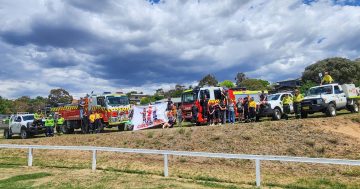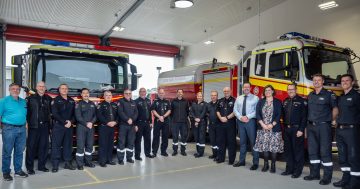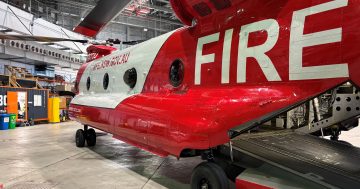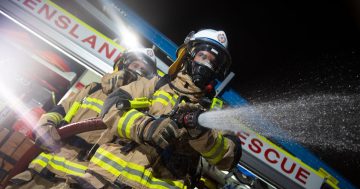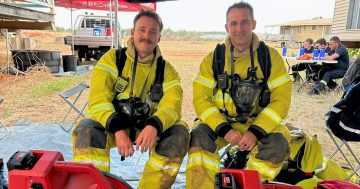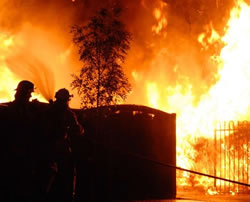 South Australia’s Country Fire Service (CFS) and National Parks and Wildlife Services South Australia (NPWSSA) have headed off to Canada to assist the Canadian Interagency Forest Fire Centre (CIFFC) fight wildfires across their country.
South Australia’s Country Fire Service (CFS) and National Parks and Wildlife Services South Australia (NPWSSA) have headed off to Canada to assist the Canadian Interagency Forest Fire Centre (CIFFC) fight wildfires across their country.
Five volunteers from CFS and NPWSSA staff have joined 200 personnel from Australia and New Zealand to go to Alberta responding to the request for assistance.
Three Divisional or Sector Commanders are being deployed from CFS including Anthony Casey from Peterborough CFS, Shaun Irrgang from Jamestown CFS and Terry Schutz from Mannum CFS, all expertise in coordinating and allocating resources, determining tactics, identify and mitigate risks, and communication.
Regional Services and Operations Director Scott Turner said providing CFS personnel was a testament to the professionalism of the CFS volunteers.
“This is not the first time CFS has deployed volunteer firefighters to Canada and is a testament to our volunteers’ skills and abilities that we are able to be deploy them at such short notice, both locally and internationally,” Mr Turner said.
“Our highly skilled and well-trained volunteers are always ready to respond, whether that be to fires in our own backyard or overseas,” he said.
“It is an honour for Australian personnel to deploy to Canada.
“Fires know no boundaries and our firefighters are pleased to respond across borders to help.”
Mr Turner said the CFS and NPWSSA would also deploy a Heavy Plant and Machine Manager from each agency to help coordinate the clearing of firebreaks with heavy machinery on the fire ground.
He said CFS Region 6 Air Operations Brigade volunteer, Dyson Taverner, and NPWSSA staff member, Phil Sims, were also going.
Mr Turner said Canada was experiencing significant fire activity with around 200 active fires across the country which had already burnt more than 1.9 million hectares.
The Australasian Fire Authorities Council ’s (AFAC) National Resource Sharing Centre (NRSC) coordinates resource requests from fire and emergency service agencies to assist in the management of large-scale incidents.
The deployment is expected to be for around 35 days.




